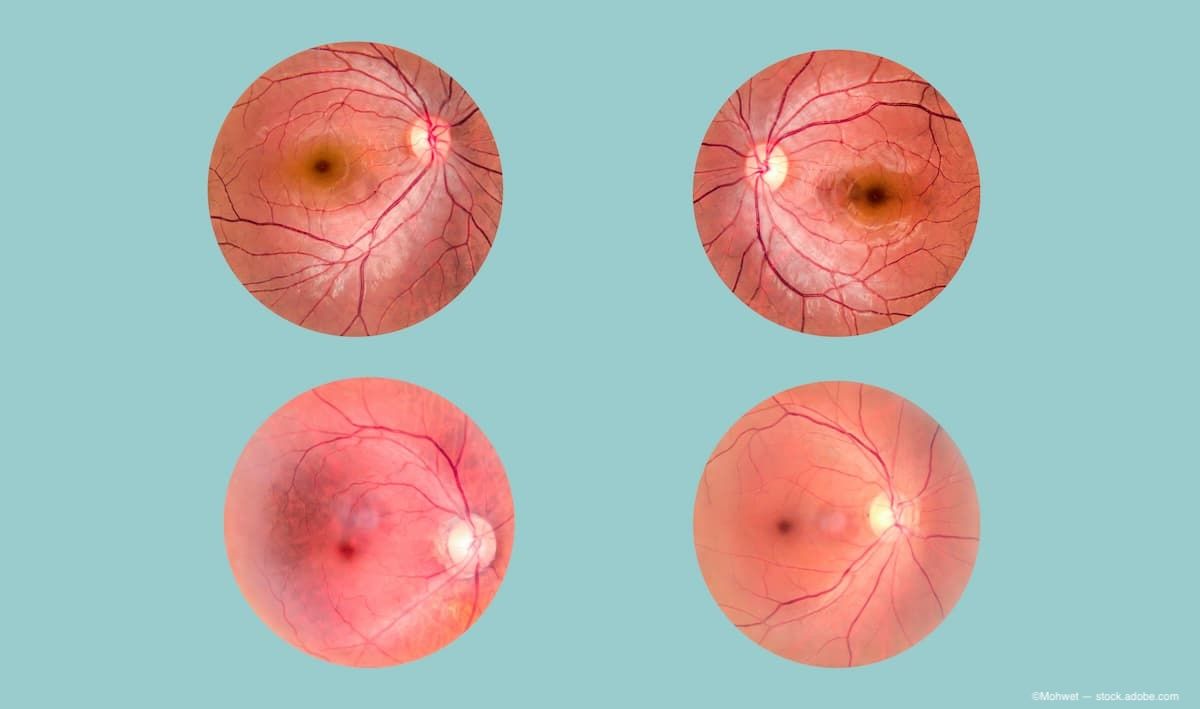Article
Heterogeneity complicates search for mutations
Contrary to early expectations, researchers have discovered anamazing amount of heterogeneity for inherited retinal diseases,including genetic, allelic, phenotypic, and clinical heterogeneity.This complexity means that it is possible to identify the cause ofone particular, common retinal disease?autosomal dominant retinitispigmentosa (ADRP)?in only about half of the patients.
Contrary to early expectations, researchers have discovered an amazing amount of heterogeneity for inherited retinal diseases, including genetic, allelic, phenotypic, and clinical heterogeneity. This complexity means that it is possible to identify the cause of one particular, common retinal disease - autosomal dominant retinitis pigmentosa (ADRP) - in only about half of the patients.
Further, this rate applies only to a specific population: Americans of European ancestry or Europeans. Genetic patterns in other populations would undoubtedly differ, said Stephen P. Daiger, PhD, professor of environmental and genetic sciences, University of Texas Health Science Center at Houston.
While researchers have identified genes associated with other retinal diseases, the situation is similar; the disease in some patients can be traced to a specific mutation, while in many others the exact cause is unknown.
As investigators continue to look for mutations responsible for ADRP and other conditions, they will undoubtedly make surprising finds. Dr. Daiger's lab, for example, unexpectedly found that gene deletions were involved in the types of ADRP found in some of the 200 families whose genes they have sequenced.
"There's so much about biology we don't understand," Dr. Daiger said.
Some findings in ocular genetic research "are giving us a message that we just can't interpret at this time," he added. "My hope is that the person giving this talk 5 years from now will say that we've identified 98% of mutations. But we don't know if whether to get to that 98% we're talking about 5 more genes or are we talking about 50 more genes."
As of April 2006, 163 genes for retinal disease have been identified. While some are linked to diseases that affect large numbers of people, others are associated with conditions known to affect only a handful of individuals. Thirteen genes have been linked to ADRP.
Newsletter
Don’t miss out—get Ophthalmology Times updates on the latest clinical advancements and expert interviews, straight to your inbox.




